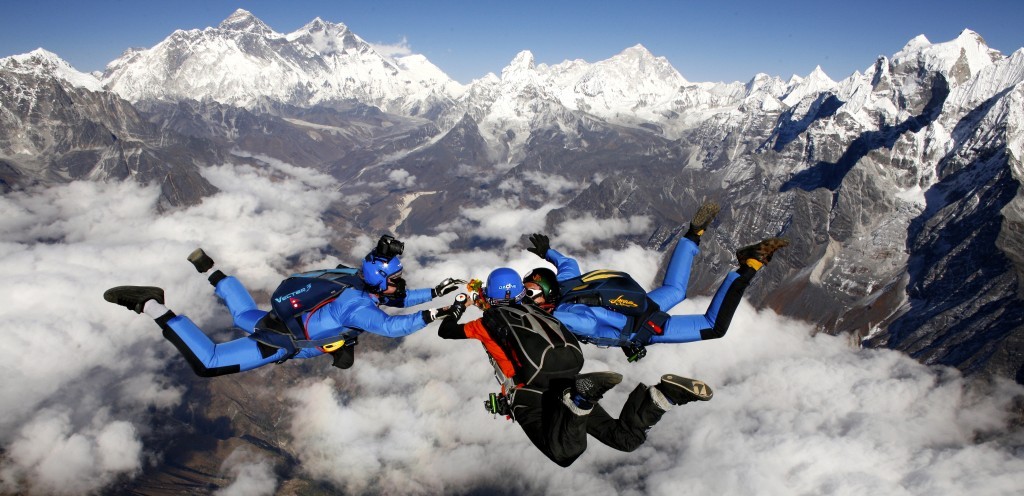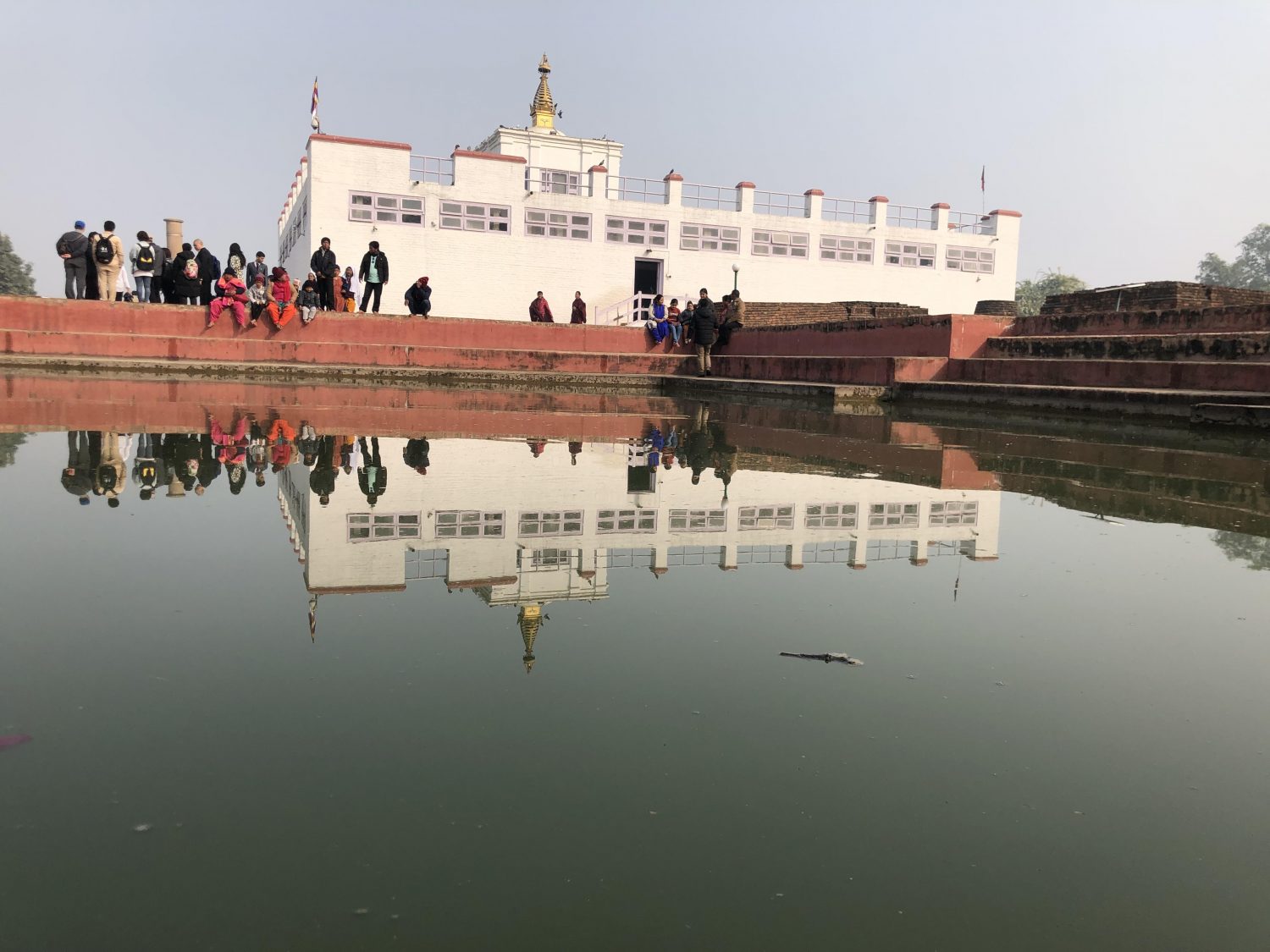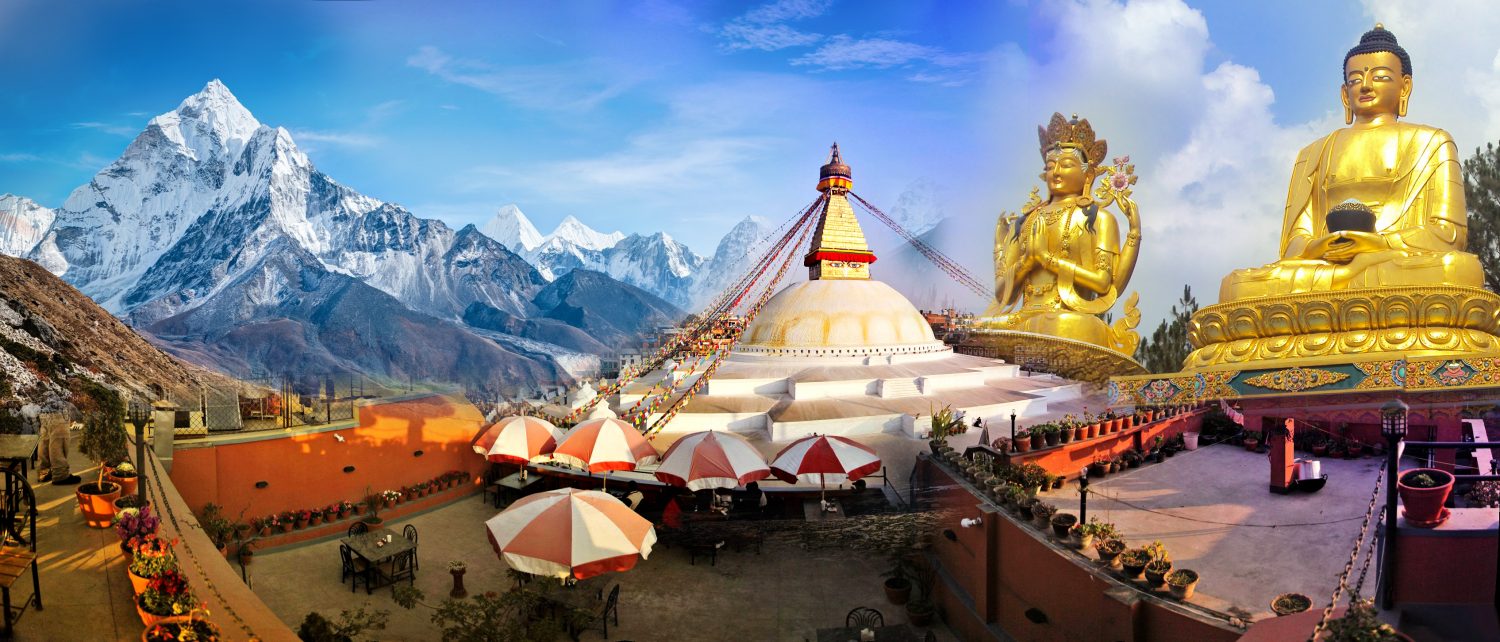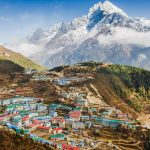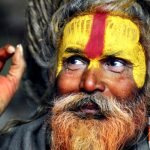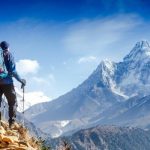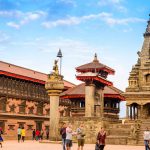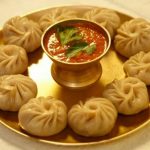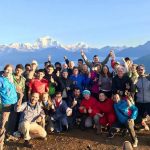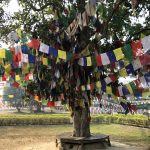Jungle Adventures
South of Nepal’s mountains lies something completely different: a chain of wild and woolly national parks, where nature buffs scan the subtropical treetops for exotic bird species and comb the jungles for rhinos, tigers and crocodiles. Choose from a luxury safari lodge in central Chitwan or go exploring on a wilder trip to remote Bardia or Koshi Tappu, stopping en route to visit the birthplace of Buddha on the steamy plains near Lumbini. Whether you cross the country by mountain bike, motorbike, raft or tourist bus, Nepal offers an astonishingly diverse array of attractions and landscapes.
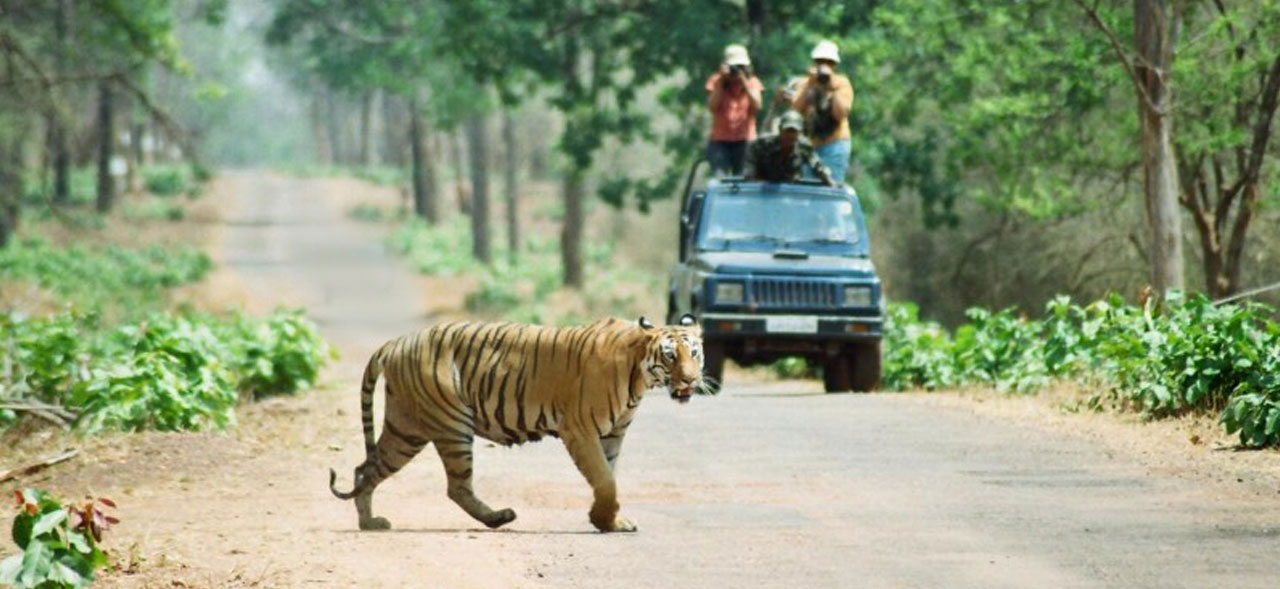
Festival of colours in Nepal
Holi, which is also known as the Festival of Colours, is famous as the most illustrative festivals of the Hindu community. It is not only the most popular festival in Nepal, but is also the most famous one. The day on which Holi is celebrated is a full moon in the month of ‘Fagu’, according to the Nepali Language.
This month basically means the time of February and March according to the English calendar. The Festival of Colours, or rather, Holi, comes after the Dashain and Tihar Festivals and these festivals together extend the period of festivity for up to a week. The celebration of Holi signifies the triumph of good over evil and also marks the commencement of the spring season.
The most enjoyable and ecstatic activity of this festival is playing with the colours. The festival of Holi includes a lot of colours. The colours used here are either powdered or watered and it is used to colour each other, blessing them with good blessings and wishes. Throwing colours at each other is how Holi is “played”.
Click on the image below to see more about this festival:
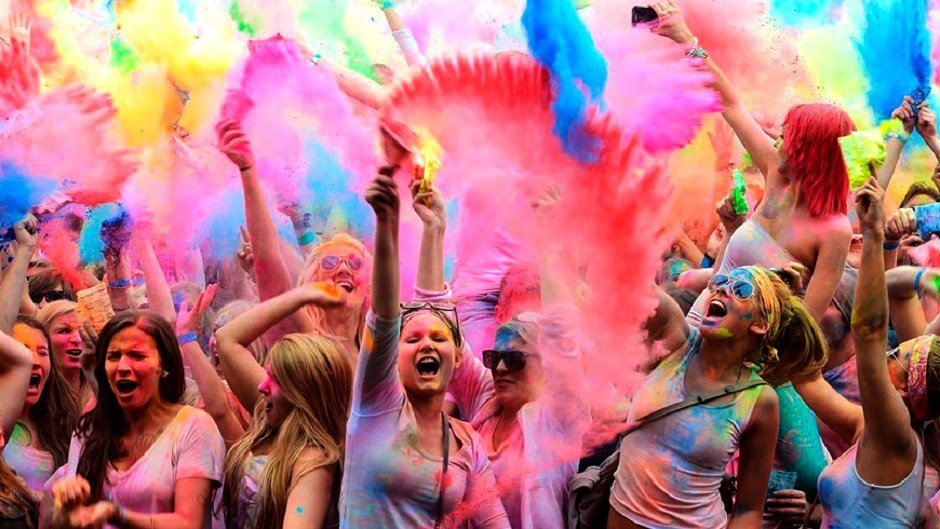
Eating and Drinking
You can eat like a king in Kathmandu and Pokhara, where restaurants offer a world map of cuisines, with dishes from Tibet, China, India, Japan, Thailand, Mexico, Italy, France and the Middle East. Take advantage of these offerings – once you start trekking the choice is more limited.
The staple meal of Nepal is daal bhaat tarkari – literally lentil soup, rice and curried vegetables. It’s a tried and true fuel to keep you trekking, all day, every day.
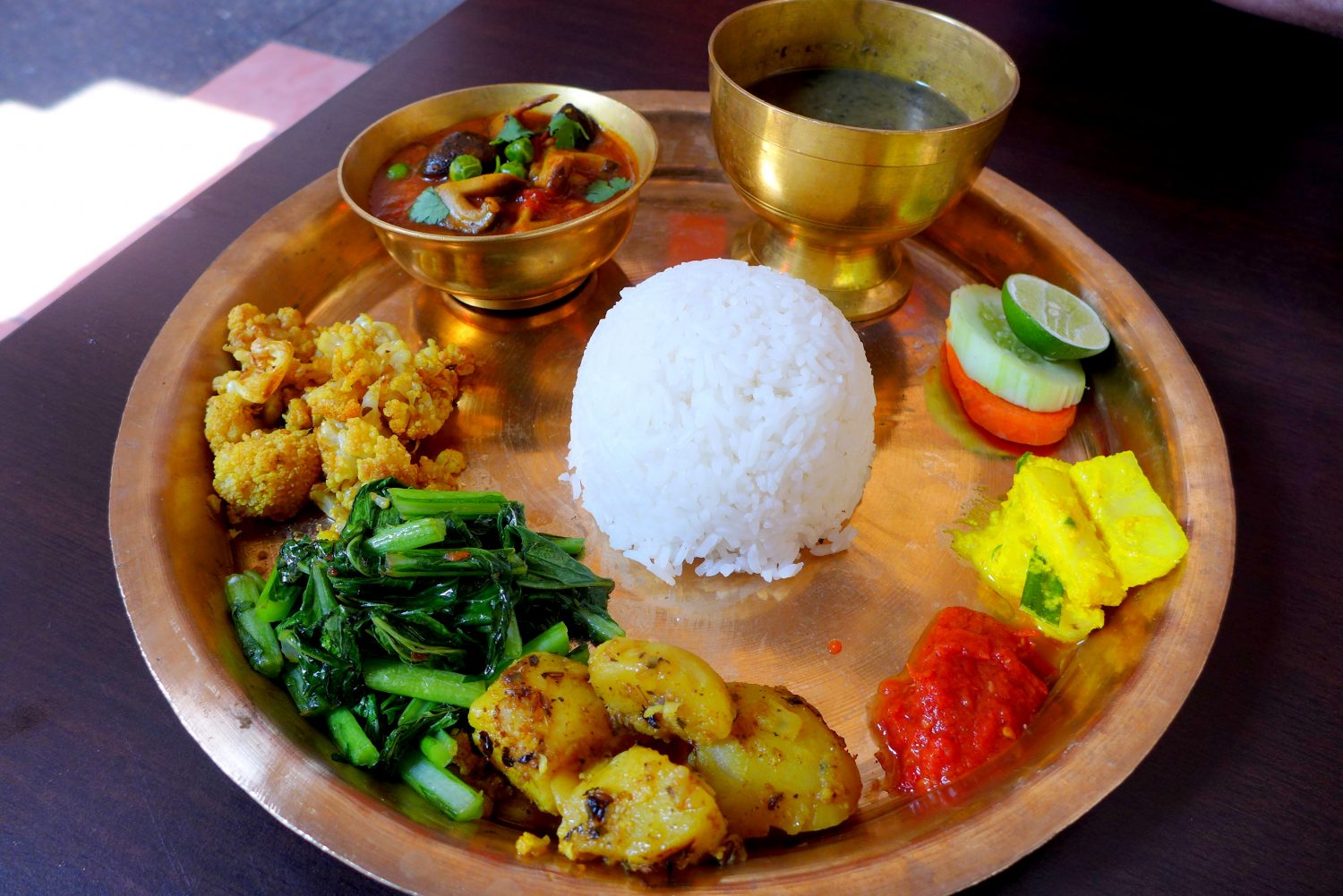
The larger well-touristed cities of Nepal boast a wide range of eating options, and, except for a handful of Kathmandu restaurants in the high season, you will not need to book ahead.
- Restaurants Nepal’s restaurants range from inexpensive dives to international quality, the latter only in Kathmandu.
- Cafes and Street Food For casual meals on the go, cafes and street stalls provide a cheap omelette breakfast, or lunch of momos, or simply a cup of tea.
- Hotels Most of Nepal’s accommodation options provide meals varying from simple daal bhaat to international cuisine.
Festival Foods
Many of Nepal’s festivals are associated with specific foods. During the Janai Purnima festival, Newars make up batches of kwati, a soup made from up to a dozen types of sprouted beans. During the Tibetan Buddhist festival of Losar (Tibetan New Year), a special dumpling stew called gutuk is served and the leftover dumplings are ceremonially cast away, representing the casting away of bad luck.
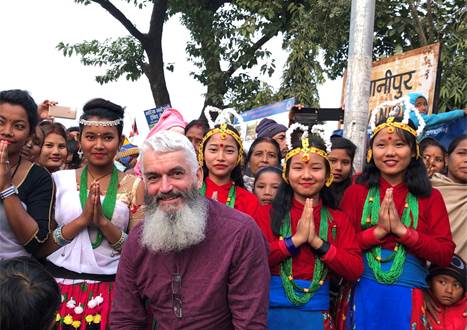
The staple meal of Nepal is daal bhaat tarkari – literally lentil soup, rice and curried vegetables. If you are lucky it will be spiced up with achar (pickles) and maybe some chapati (unleavened Indian bread), dahi (curd or yoghurt) or papad (pappadam – a crispy fried lentil-flour pancake). To eat daal bhaat the local way, pour the soupy daal onto the rice, mix it into balls with your fingers, add a pinch of pickle and vegetables and shovel it into your mouth with your right hand. If you order daal bhaat, someone will come around offering free extra helpings of rice, daal or tarkari. Only very occasionally does it come with masu (meat).
Most Hindu Nepalis are vegetarians, some out of choice and some out of necessity. However, the Newars of the Kathmandu Valley are great meat eaters – buff (water buffalo) is the meat of choice, but goat is also common. Cows are sacred to Hindus and are never eaten. Some Kathmandu restaurants import real beef from India and you can also get yak steaks at some trekking lodges.
Spices feature heavily in Newari food, especially chilli, and Newari dishes are usually served with chiura (dry, beaten rice), which looks, and frankly tastes, like dry oatmeal porridge.
Many Newari dishes are only eaten at celebrations or family events, but several upmarket restaurants in Kathmandu now offer good Newari cuisine. Nepal is also one of the best places to try Tibetan cuisine, though most dishes are simple variations on momos (dumplings) or thuk noodle stews (thukpa are long noodles, whereas thenthuk is more like torn pasta).
One cheap and cheerful dish you’ll find everywhere is chow mein (thin noodles fried with vegetables or meat).
Many Nepalis round off a meal with a digestif of pan (betel nut and leaf mixture). Those little spots of red on the pavement that look like little pools of blood are (generally) pan.
Food Nepal (www.food-nepal.com) offers an excellent introduction to Nepali food and ingredients, with recipes from mango lassi to chicken chilli. The Nepal Cookbook, by the Association of Nepalis in the Americas, is a good collection of home recipes, or take a look at Taste of Nepal, by Jyoti Pathak.
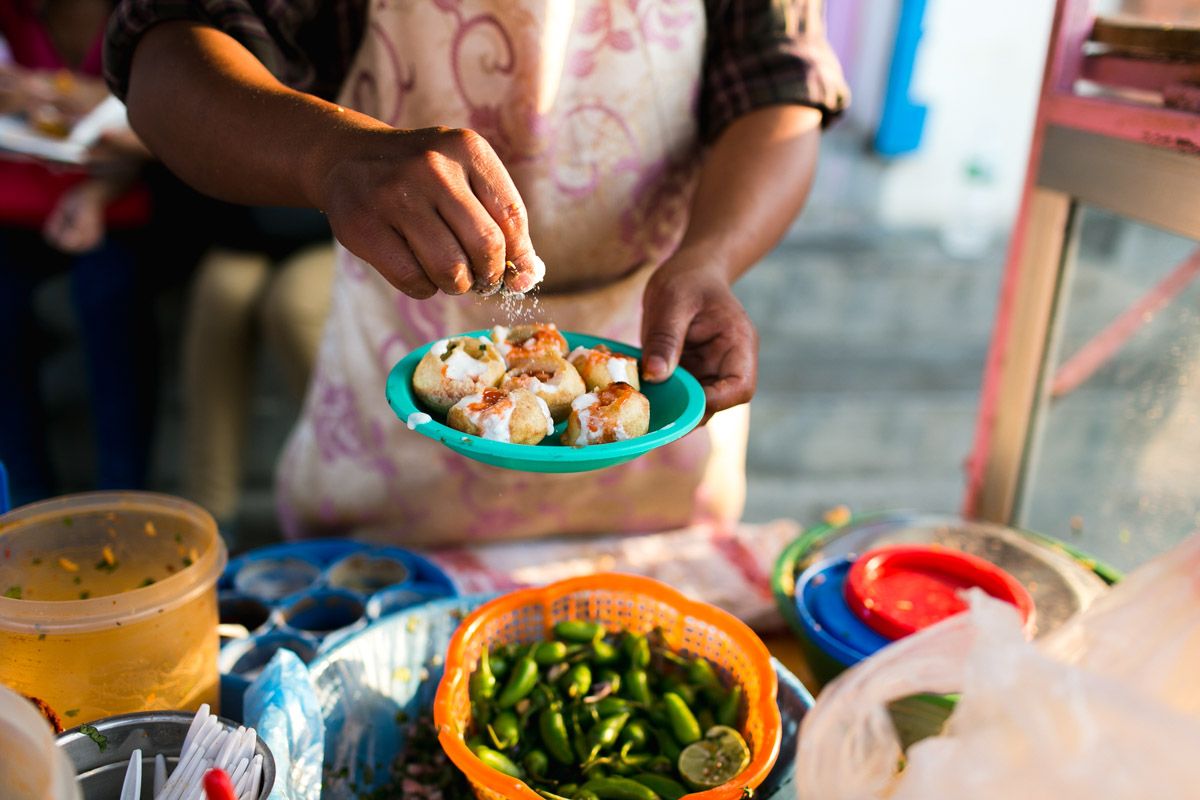
Desserts
Like their Indian neighbours, Nepalis enjoy a huge range of sticky sweets, mostly based on milk curd, jaggery (palm sugar) and nuts. Top treats include barfi (milk fudge), rasbari (milk balls), lal mohan (deep-fried milky dough balls), kheer (rice pudding) and julebi (orange-coloured, syrupy, fried dough swirls).
Anyone who visits Bhaktapur should try the juju dhau (king of curds), which is wonderfully creamy thick yoghurt. Sikarni is a popular traditional dessert of whipped yoghurt with cinnamon, nuts and dried fruit.
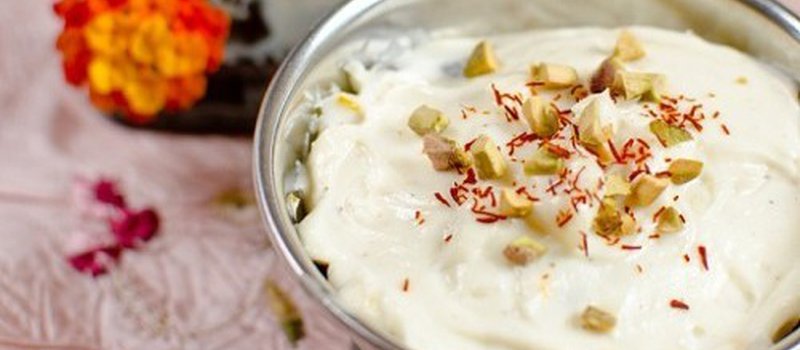
Nonalcoholic
The golden rule in Nepal is don’t drink the water. Cheap bottled water is available everywhere but every bottle contributes to Nepal’s mountain of waste plastic. You can purify your own water if you carry a water bottle and iodine drops or tablets.
Tea is almost always safe. Tourist restaurants often serve the world’s weakest tea – typically an ineffectual Mechi tea bag dunked into a glass of sweet, hot milk. For proper Nepali chiya (sometimes called masala tea), the leaves are boiled with milk, sugar and spices. If you want Western-style tea, ask for ‘milk separate’. Kathmandu and Pokhara now have dozens of places to get proper espresso coffee.
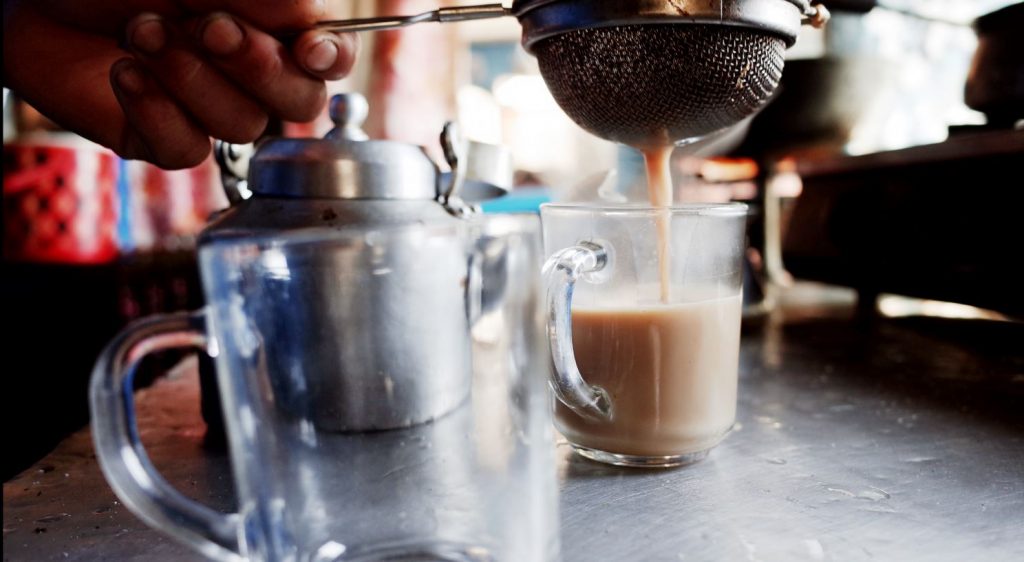
In Tibetan-influenced areas the drink of choice is black tea churned with salt and butter – providing useful metabolites for dealing with high altitude and cold weather. It’s an acquired taste – locals often pour it over their tsampa (roasted barley flour).
In Indian-influenced areas, look out for lassi – a refreshing drink of curd (yoghurt) mixed with sugar and what may be untreated water (proceed with caution).
Alcoholic
Nepali beer is pretty good, especially after a hard day’s trek. Tuborg (Danish), Carlsberg (Danish) and San Miguel (Spanish) are brewed under licence in Nepal; local brands include Sherpa, Gorkha, Everest and Kathmandu Beer. Nepal Distilleries produces a variety of bottled spirits such as rum, whisky, brandy and gin. The Khukri Rum goes down well with mixers. Also available is Abominable Snowman gin, a British-Nepal collaboration, and 8848 (the height of Mt Everest in metres) vodka.
Officially, alcohol is not sold by retailers on the first two days (full-moon days) and the last two Saturdays of the Nepali month, but this rarely affects tourist restaurants.
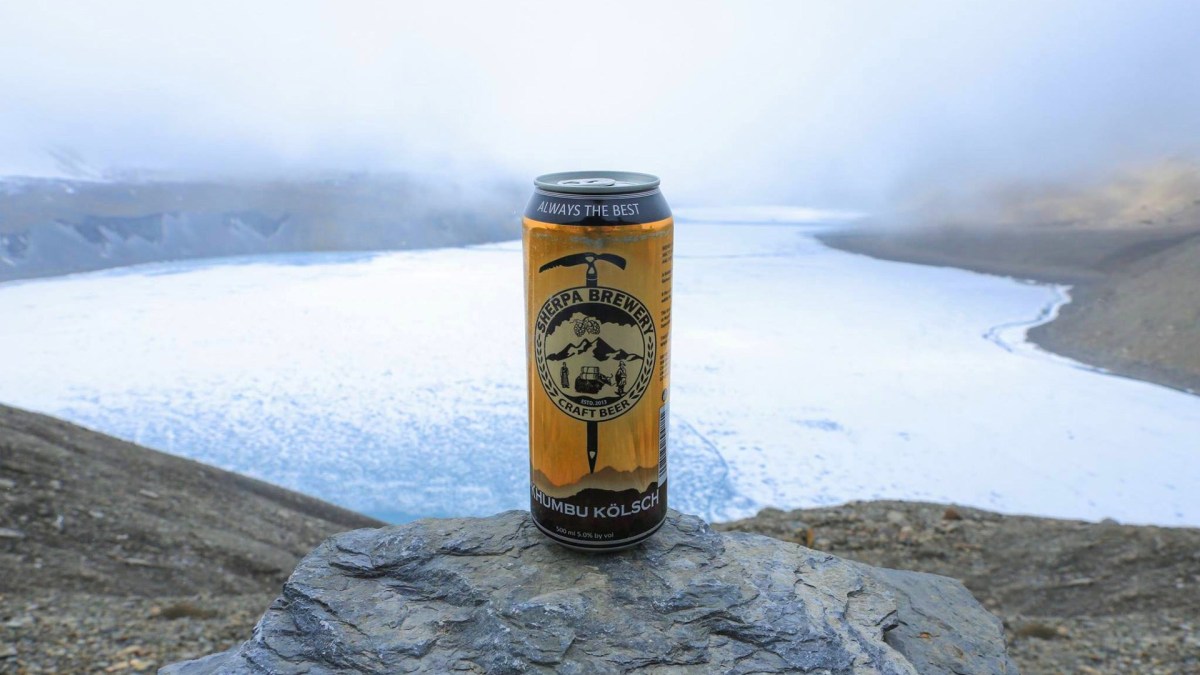
FQA
What is the currency used in Nepal and what the exchange with the Australian dollar?
The official currency in Nepal is the Nepali Rupee. This Nepalese currency is a universally recognized currency and can be converted into any currency. NPR 1 = AUD 0.013
Credit cards can be used in a few major stores, hotels, restaurants, tour agencies and banks. All major Credit cards are accepted in Nepal.
You can also use ATM to get money. However, only Kathmandu and Pokhara have regularly “working” machines that accept international cards. Throughout the rest of the country they exist for National banks but not all International bank cards are accepted.
Is it safe to travel to Nepal?
The Australian Government provides up to date information on the safety of travelling to various countries, and all travellers should take note of this advice. Liberty Tours recommends that all travellers take out appropriate Travel Insurance to cover the entire duration of their absence from home.
https://www.smartraveller.gov.au/destinations/asia/nepal
Follow this link for current official assessment:
Advice on health risks and vaccination recommendations can also be found using the same link.
Can I drink tap water in Nepal?
The tap water and river water in Nepal is unsafe to drink and visitors have a choice between bottled water, purification tablets, or boiling water. Drinking sufficient amounts of water in Nepal is essential to avoid the risk of dehydration.
What is the weather like in Nepal and when is the best time to go?
High Season (Oct–Nov)
- Clear skies and warm days make autumn the peak season.
- Thousands of people hit the trails in the Everest and Annapurna regions.
- Accommodation in Kathmandu gets booked up and prices peak.
Shoulder (Mar–Apr)
- The second-best time to visit and trek; spring brings warm weather and spectacular rhododendron blooms.
Low Season (Jun–Sep)
- The monsoon rains (mostly at night) bring landslides, and clouds often obscure mountain views.
- Rain, mud and leeches deter most trekkers.
- Hefty hotel discounts are common.
- A popular time to visit Mustang and Dolpo, or detour to Tibet.
